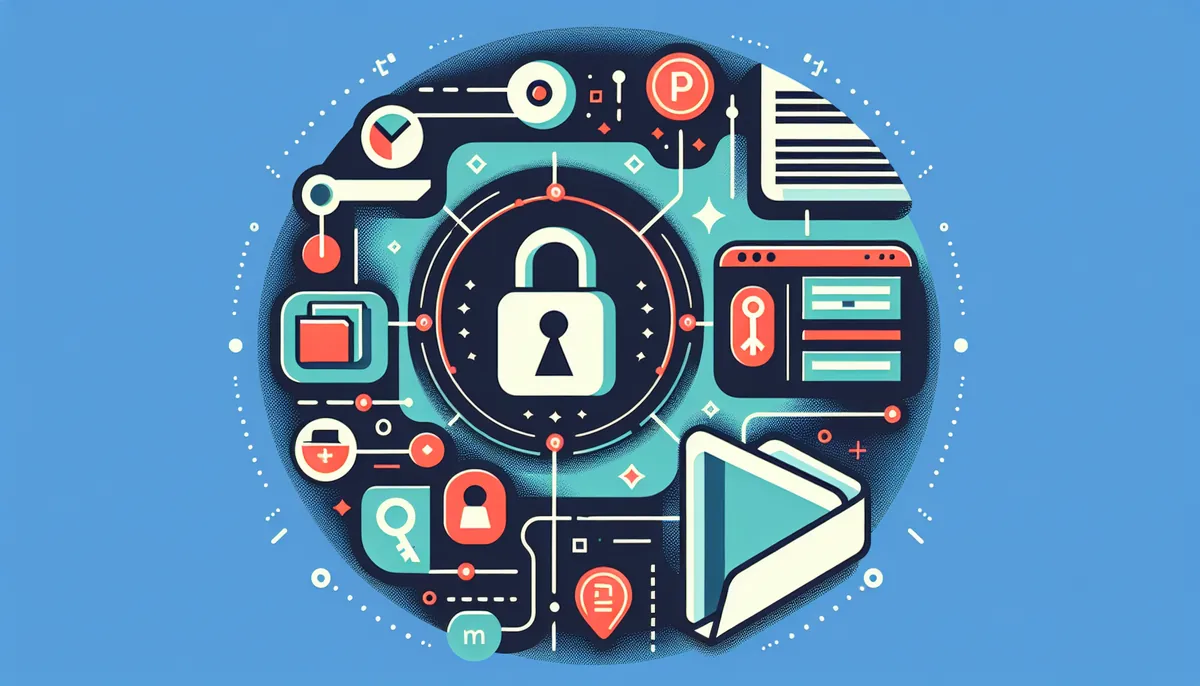Understanding Linux file permissions is crucial for system security and proper file management. Whether you're a system administrator or a Linux enthusiast, mastering this concept will help you maintain a secure and well-organized system.
In this comprehensive guide, we'll explore everything you need to know about Linux file permissions, from basic concepts to advanced techniques. We'll cover how to view, modify, and manage permissions effectively to protect your system and data.
Understanding Basic File Permissions
Linux file permissions are built on three basic permission types:
- Read (r): Allows viewing file contents or listing directory contents
- Write (w): Enables modifying files or creating/deleting files in directories
- Execute (x): Permits running programs or accessing directories
These permissions apply to three different categories of users:
- Owner: The user who owns the file
- Group: Members of the group assigned to the file
- Others: All other users on the system
Viewing File Permissions
To view file permissions, use the ls -l command:
$ ls -l myfile.txt
-rw-r--r-- 1 user group 1024 Jan 1 12:00 myfile.txt
Let's break down what each character means:
- First character: File type (- for regular file, d for directory)
- Characters 2-4: Owner permissions (rw-)
- Characters 5-7: Group permissions (r–)
- Characters 8-10: Others permissions (r–)
Modifying File Permissions
Using Symbolic Mode
The chmod command with symbolic notation provides an intuitive way to modify permissions:
# Give owner execute permission
chmod u+x filename
# Remove write permission from others
chmod o-w filename
# Add read permission to group
chmod g+r filename
Code language: PHP (php)Permission symbols:
- u: User (owner)
- g: Group
- o: Others
- a: All (user, group, others)
Operators:
- +: Add permission
- -: Remove permission
- =: Set exact permission
Using Numeric Mode
Numeric mode offers a more concise way to set permissions:
# Set read/write for owner, read for group/others
chmod 644 filename
# Set full permissions for owner, read/execute for group/others
chmod 755 filename
Code language: PHP (php)Numeric values:
- 4: Read
- 2: Write
- 1: Execute
Special Permissions
SUID (Set User ID)
SUID allows a file to be executed with the permissions of the file owner:
# Set SUID
chmod u+s filename
# Numeric mode (add 4000)
chmod 4755 filename
Code language: PHP (php)SGID (Set Group ID)
SGID enables execution with the permissions of the group owner:
# Set SGID
chmod g+s directory
# Numeric mode (add 2000)
chmod 2755 directory
Code language: PHP (php)Sticky Bit
The sticky bit prevents users from deleting files owned by others in shared directories:
# Set sticky bit
chmod +t directory
# Numeric mode (add 1000)
chmod 1755 directory
Code language: PHP (php)Best Practices and Common Use Cases
Directory Permissions
For shared directories, consider these common permission patterns:
# Web server directory
chmod 755 /var/www/html
# Shared group directory
chmod 2775 /shared/project
Code language: PHP (php)Security Considerations
- Minimize permissions when possible
- Regularly audit sensitive directory permissions
- Use groups effectively for shared access
- Avoid giving write access to others
Recursive Permission Changes
Be careful when changing permissions recursively:
# Change all files in directory
chmod -R 644 /path/to/files
# Change directories only
find /path/to/files -type d -exec chmod 755 {} \;
Code language: PHP (php)Troubleshooting Common Issues
Permission Denied Errors
When encountering "Permission denied" errors:
- Check current permissions:
ls -l filename - Verify ownership:
ls -ln filename - Check parent directory permissions
- Use
sudoif necessary
Fixing Broken Permissions
# Reset to safe defaults
find /path -type f -exec chmod 644 {} \;
find /path -type d -exec chmod 755 {} \;
Code language: PHP (php)Conclusion
Mastering Linux file permissions is essential for maintaining system security and proper file management. Regular practice and understanding of these concepts will help you become more proficient in Linux system administration.
Take time to experiment with different permission combinations in a test environment, and always double-check before making system-wide permission changes.
Remember to follow security best practices and use the principle of least privilege when setting permissions. If you're managing a production system, document your permission changes and maintain consistent standards across your infrastructure.
Do you have any questions about Linux file permissions? Share your experiences or challenges in the comments below!

